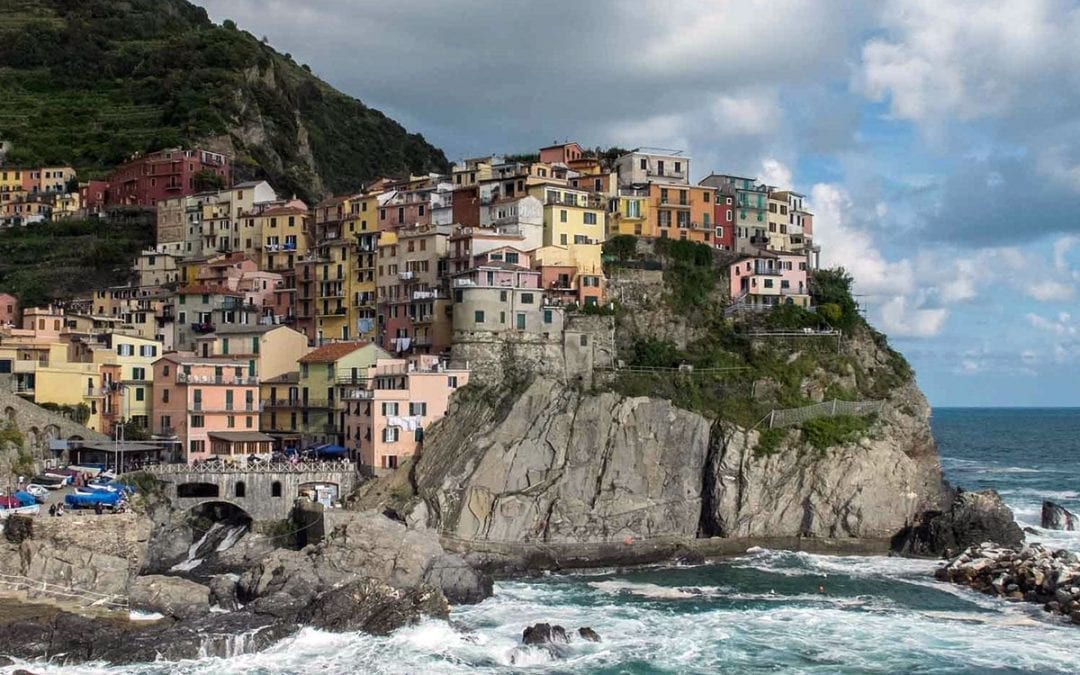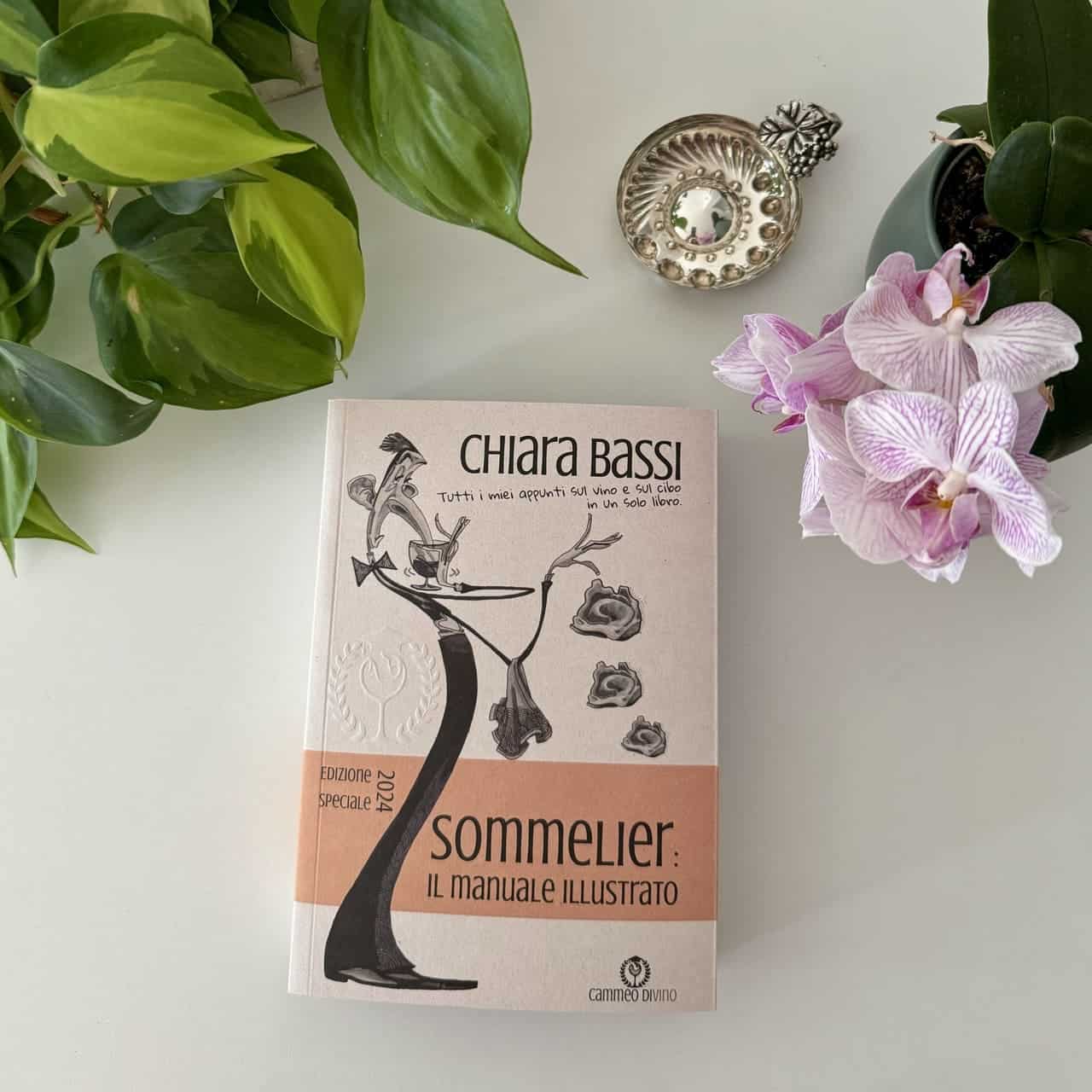I had never been to Liguria before I drove through it this summer on the way to the Provence. I saw a very special region nestled between the sea and the mountains, with a very different landscape between the coast and the hinterland. I invite you on a trip to this very special land to discover its oenological history capable, at last, of revealing fascinating surprises.
The history of Ligurian wines
Vines in Liguria, as well as the first techniques of their cultivation, were brought by Greek merchants, but it was only in Roman times that there was an improvement in the quality of production. The Romans produced the Lunense and the Cornaliae, and Pliny the Elder gave the Ligurians a genuine 'licence' as expert winemakers of the time. Liguria, too, did not emerge unscathed from the dark years of the barbarian invasions, and until the Middle Ages there was no real oenological growth. Around 1400, vines were present in every corner of the region, even the most inaccessible, and the wines of the Cinque Terre and the Rivera di Ponente were by then famous throughout most of Italy, so much so that Petrarch dedicated verses full of esteem to them. But it was only in the 17th century that there was a real blossoming of Ligurian viticulture, by then famous even in Spain thanks to Cervantes' verses. Unfortunately, towards the end of the 18th century, the port city of Genoa went into crisis due to Dutch and English competition and this, added to the bad habit of the Ligurians of modifying crops according to the fashions of the period (they went from citrus fruits to vines to oil with extreme ease to the detriment of quality), and the stratification of a huge number of grape varieties that were cultivated more as a pastime than as a necessity, led the Ligurian vineyard into great crisis. The phylloxera gave 'the final blow' and it was only around 1960 that the potential of this area was rediscovered and valuable wines began to be produced.
Territory
Liguria is one of the smallest regions in Italy. 65.1 % of its territory is mountainous and the remaining 34.9 % is hilly. Liguria has an arch shape between the mouths of the Roja and Magra rivers. The terrain consists of schist, quartz, marly and dolomitic limestone and sandstone. From the 346 km long coastline, the mountains rise directly from the sea.
- WEST COASTred soils of marly limestone origin with organic residues, turning brown towards the hinterland;
- EAST COASTclay-limestone soils mixed with sand
The rivers have a mostly torrential regime, with large variations between highs (spring and autumn) and lows (winter and summer) and a large transport of debris that form the well-watered, fertile coastal plains suitable for vine cultivation.
Climate
The climate is varied, mild on the coast and continental inland. Mountain ranges protect from the winds. Rainfall is infrequent but abundant, but drought can be a problem. The winds are humid, the libeccio blows from the southwest and the scirocco from the southeast, bringing precipitation to the inland reliefs. Liguria has a breezy, mild and bright climate that is perfect for vines, olive trees and flowers. It is no coincidence that on the way there I saw a large number of greenhouses... by the way, did you know that I collect orchids? There are women who feel satisfied buying a pair of shoes... for me, buying or receiving an orchid as a gift fills my heart with happiness <3 and I can't wait until Monday to visit Michele Cesi of Azienda Agricola Sei Cime d'Oro in Cernusco sul Naviglio (MI) for one of his beautiful Vandas! Can anyone believe that I will only come home with a new orchid? My dad says that in a while you'll need a machete to get into my house 😀
Wine-growing areas
The territory of Liguria is 70% occupied by forests and therefore does not have a strong agricultural vocation: only 1887 hectares are cultivated with vines. In Liguria, I have seen splendid vineyards overlooking the sea, often sloping down on terraces and with 'heroic' cultivation.
Grape varieties
The grape varieties (and cultivation techniques) of the Ponente area are closer to those of Piedmont, while those of the Levante are closer to Tuscany. The most commonly used forms of cultivation are the alberello, espalier and the small pergola. The grape varieties cultivated are many, over a hundred, mainly white grapes.
White berry
- VermentinoOf Spanish origin, it is a semi-aromatic vine cultivated everywhere in Liguria that yields dry, delicately soft white wines of a more or less intense straw-yellow colour, with aromas of yellow-fleshed fruit on the Riviera di Levante, where it is most widespread, and mineral and wildflower notes on the Riviera di Ponente.
- Pigato: indigenous grape variety clone of Vermentino grown on the Riviera di Ponente, which yields wines of a beautiful, more or less intense straw yellow colour, fresh, acidic, with mineral and herbal notes.
- Genoese Bianchetta: an indigenous grape variety cultivated in the Genovese area and the Gulf of Tigullio that gives wines of a pale straw-yellow colour, with delicate aromas, little structure and to be drunk within the year.
- Forest: an indigenous grape variety of the Cinque Terre and Cinque Terre Sciacchetrà DOCs that yields wines that are quite full-bodied and with a very fruity characteristic bouquet that easily slips into jam. It is not used alone because it would result in anonymous wines that oxidise easily, but in blends it becomes very interesting.
- AlbarolaThis indigenous grape variety is so similar to Bianchetta that even DNA testing has supported the theory that it is the same grape variety called by two different names. The wines produced have a delicate straw-yellow colour with strong herbaceous hints. It is never vinified in purity.
- Lumassina: or lumachina in Ligurian, is a vine cultivated in the province of Savona that gives very acidic straw-yellow wines with notes of plum. It should not be aged much because it oxidises easily.
- Muscat: an aromatic grape variety cultivated in the Tigullio Gulf area that yields wines of a more or less intense straw-yellow colour and very fragrant.
- Rollogrape variety only used to give body and structure to other grape varieties and never used in purity.
Red berry
- Rossese: an indigenous grape variety that produces the best wines in Liguria, characterised by an intense and transparent ruby red colour, medium-bodied, elegant with fruity and spicy notes.
- Ormeasco: very versatile Piedmontese Dolcetto clone vine suitable for ageing. Starts off young with an intense ruby red colour with violet reflections, becoming garnet-red as time passes. The nose is of fruit and spices and becomes broader and broader with notes of ripe cherries, blackberries, currants, plum jam, slightly wilted violets, forest resins, fresh chestnut wood, vanilla and black pepper. The taste is dry, expressing freshness, tannicity, discreet softness and structure, with a pleasantly fruity aromatic persistence and a characteristic bitter streak.
- GranacheThis Spanish grape variety is ruby red in colour with violet or garnet reflections, depending on age, and is capable of giving wines that are rich in alcohol, low in acidity and with a pleasant roundness. The olfactory profile is intense with notes of very ripe black fruit and a great potential for ageing that converges, thanks to oxidation, with spicy notes (cocoa, coffee, caramel) and dried fruit (walnut, fig, sultana).
- Ciliegioloan indigenous Tuscan grape variety that is now also cultivated in neighbouring regions. Very fragrant, it is used to add alcohol, softness and fruity aromas to other grape varieties and is rarely vinified as a single variety.
DOC & DOCG of Liguria
In Liguria no DOCG wines are producedbut there are 10 AOCs: Five Lands, Cinque Terre Sciacchetrà, Colli di Luni, Hills of Levanto, Tigullio Gulf, Rivera Ligure di Ponente, Rossese di Dolceacqua, Polcevera Valley, Pornassio.
Gastronomy
Traditional Ligurian cuisine offers simple dishes from rural history, rigorously seasoned with vegetable fats (we are in a land rich in an extraordinary olive oil!) and perfumed with the precious aromatic herbs that this land offers. Ligurian cuisine is a Mediterranean cuisine with a strong Spanish and Arab influence. Famous are trofie pasta dressed with pesto alla Genovese, tripe alla Genovese, focaccia and chickpea farinata. Although we are by the sea, fish is not a staple, but stuffed anchovies are delicious! At the end of the meal, let's have a kiss of Alassio!
What can I say... I can't wait to go to Liguria with my sparkling wine guide 500 bubbles in 500!
See you soon and have a good study.... remember to read all the notes in BECOME A SOMMELIER!
Chiara


